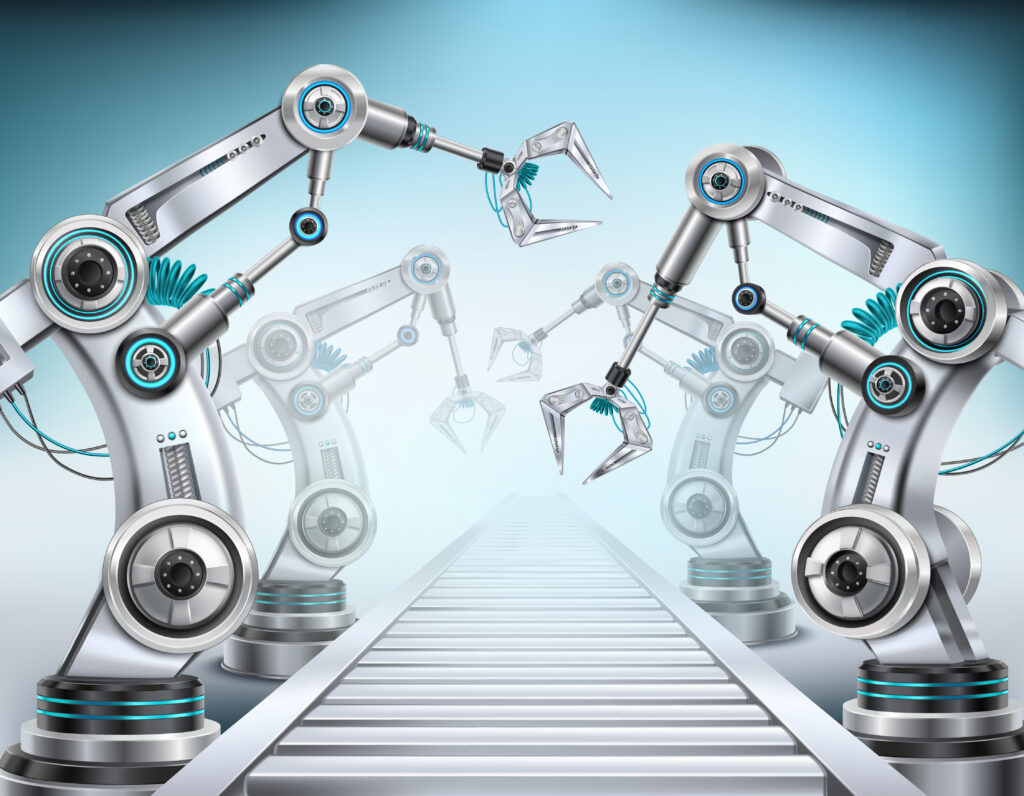Mechanical Engineering Technology is the practical side of engineering innovation. It blends science, design, and hands-on application to build the machines and systems that power today’s world—from robotics to automotive systems and beyond. As the demand for smarter, more connected systems grows, technologies like LiDAR are becoming essential. Learn how this advanced sensing tool is changing everything from automation to environmental monitoring in our detailed guide on LiDAR Technology and its future applications.
What Is Mechanical Engineering Technology?
Mechanical Engineering Technology focuses on applying engineering principles to real-world problems. It emphasizes hands-on design, mechanical systems, and practical implementation rather than theoretical research.
Combines mechanical design, manufacturing, and testing
Emphasizes tools like CAD software and CNC machines
Supports product development, automation, and robotics
Requires teamwork and real-world troubleshooting
Bridges the gap between engineers and technicians
This discipline keeps innovation grounded in practicality and industrial scale production.


Where Mechanical Engineering Technology Is Used
From factories to space programs, Mechanical Engineering Technology is everywhere. It powers machines, streamlines manufacturing, and optimizes mechanical performance.
Automotive Industry: Designing engines and safety systems
Robotics: Building intelligent machines and automation systems
Aerospace: Supporting precision systems and testing
Energy Sector: Maintaining turbines and mechanical power plants
Biomedical Field: Creating mechanical components for medical devices
Technicians and technologists in this field are often the backbone of successful product development.
Core Tools in Mechanical Engineering Technology
Before diving deeper, let’s look at the main tools and methods used in this field:
CAD/CAM Software: For designing and simulating mechanical parts
3D Printing: Used for prototyping and part fabrication
CNC Machines: Essential for automated, precise manufacturing
Thermodynamics Simulators: Analyze heat and energy flow
Mechatronics Systems: Combine electronics and mechanical design
Why Mechanical Engineering Technology Matters in 2025
In a world focused on automation, clean energy, and rapid innovation, Mechanical Engineering Technology plays a critical role:
Makes production more efficient
Brings advanced designs to life
Fills the demand for skilled technical professionals
Supports sustainable engineering practices
Integrates AI and IoT into machinery
Industries need talent who understand both machines and the logic that drives them.
The Expanding Impact of Mechanical Engineering Technology
In today’s rapidly evolving industrial environment, Mechanical Engineering Technology is more relevant than ever. It is not just about building machines—it’s about solving real problems with smart mechanical solutions. Technologists in this field bring innovation to life by bridging design and manufacturing, ensuring that concepts turn into functional, efficient systems.
They create the components that drive automation, the systems that reduce waste, and the machines that power our cities, transportation, and industries. As sustainability, digitization, and efficiency take center stage in global engineering, the demand for skilled professionals in this technology continues to grow. Their contributions support both large-scale manufacturing and precision engineering across various sectors.
With the integration of artificial intelligence, green manufacturing, and data-driven systems, the field opens up exciting possibilities for both students and professionals. Whether you’re designing efficient engines or working on robotic limbs, Mechanical Engineering Technology is where ideas meet application—and where the future is built one machine at a time.
Conclusion
Mechanical Engineering Technology serves as the essential link between engineering theory and practical application. By combining creativity, scientific knowledge, and technical skills, it plays a pivotal role in building the machines and systems that drive innovation across industries. As global industries continue to evolve through automation, sustainability, and digital transformation, professionals in this field will remain in high demand. Whether you’re a student exploring your career path or a technician advancing your skills, this discipline offers real-world impact, long-term career stability, and continuous opportunities for growth.
A: While both fields focus on designing and working with mechanical systems, Mechanical Engineering is more theoretical and math-intensive, often involving research and high-level design. Mechanical Engineering Technology, on the other hand, is application-focused, dealing with hands-on implementation, testing, and maintaining mechanical systems. Technologists often work closely with engineers to turn concepts into practical, working products.


No comment yet, add your voice below!